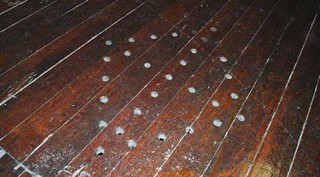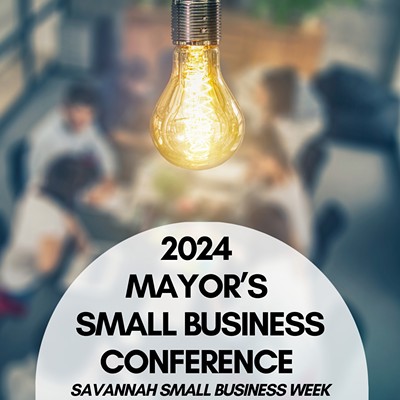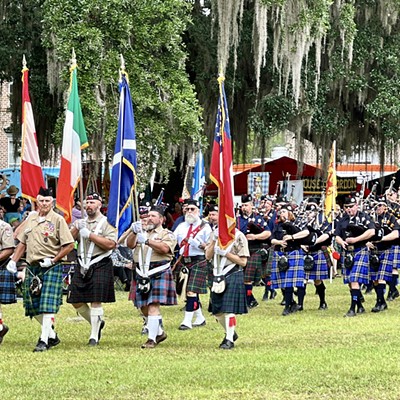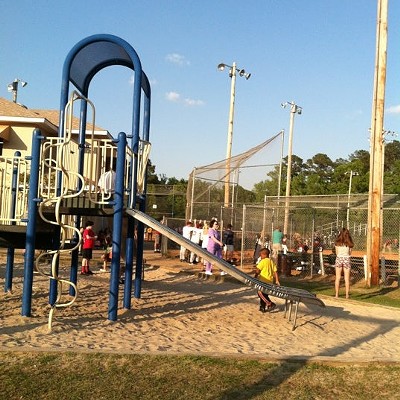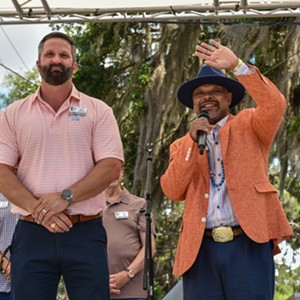Every now and then, just when I get sick of this silly town, I come across something utterly unique and special about it that gives me faith again.
Fittingly, last week I got just such a renewal of faith from a local house of worship — the historic First African Baptist Church, home of the oldest continuous black congregation in America.
Despite growing up here, I’d never before set foot inside this wonderful church. This makes me feel like an idiot, but like the man once said: Knock, and the door will be opened for you.
I was there to shoot photos for my piece this week about a new documentary on the church’s compelling story. Once there, the delightful church historian Karen Wortham gave me an impromptu tour of the building, so rich in human history.
The exterior of this church on Franklin Square is humble, so I was completely unprepared for the magnificence of its sanctuary, very much comparable to other historic churches in Savannah. While symbolism is rife in any church, the symbolism is particularly present and powerful at First African Baptist.
I saw the designs on the ceiling of the sanctuary — echoing a similar design on special quilts that were hung outside the homes of safe houses on the Underground Railroad, signifying that it was safe to approach.
Behind the pulpit, I saw the large, sunken baptismal fonts, used for full–body baptism in the biblical style.
Looking down from a nearby stained glass window is the visage of Andrew Marshall, key pastor of the church in the early 1800s and sort of the Barack Obama of his day — a biracial man of great intelligence who blazed new trails in bringing blacks and whites together.
I saw the small holes in the floor of the fellowship hall, used for breathing by escaped slaves hiding down in the crawlspace. The holes, Wortham explained, were drilled in the pattern of a “Kongo cosmogram,” an African prayer mandala adapted for Christianity.
Most importantly, I experienced the welcoming friendliness of this historic congregation, many of whose forefathers built this church by hand — at night, by the light of a bonfire — after working for their masters all day.
As part of this month’s Georgia Days events, sponsored by the Georgia Historical Society, First African Baptist opens its doors to the public from 1:30-4 p.m. this Sunday, with a free screening of Michael Jordan’s new film on the church at 2:30 p.m. (We’ll have more coverage of Georgia Days events in next week’s issue.) Even if you can’t make it to this particular church, there are many other historic sites open for free during Super Museum Sunday.
This Saturday at noon, First African Baptist will also host the beginning of this year’s Black Heritage Festival, a silent march from the church to the African American monument on River Street, and ending back at the Haitian Monument a stone’s throw from the church.

